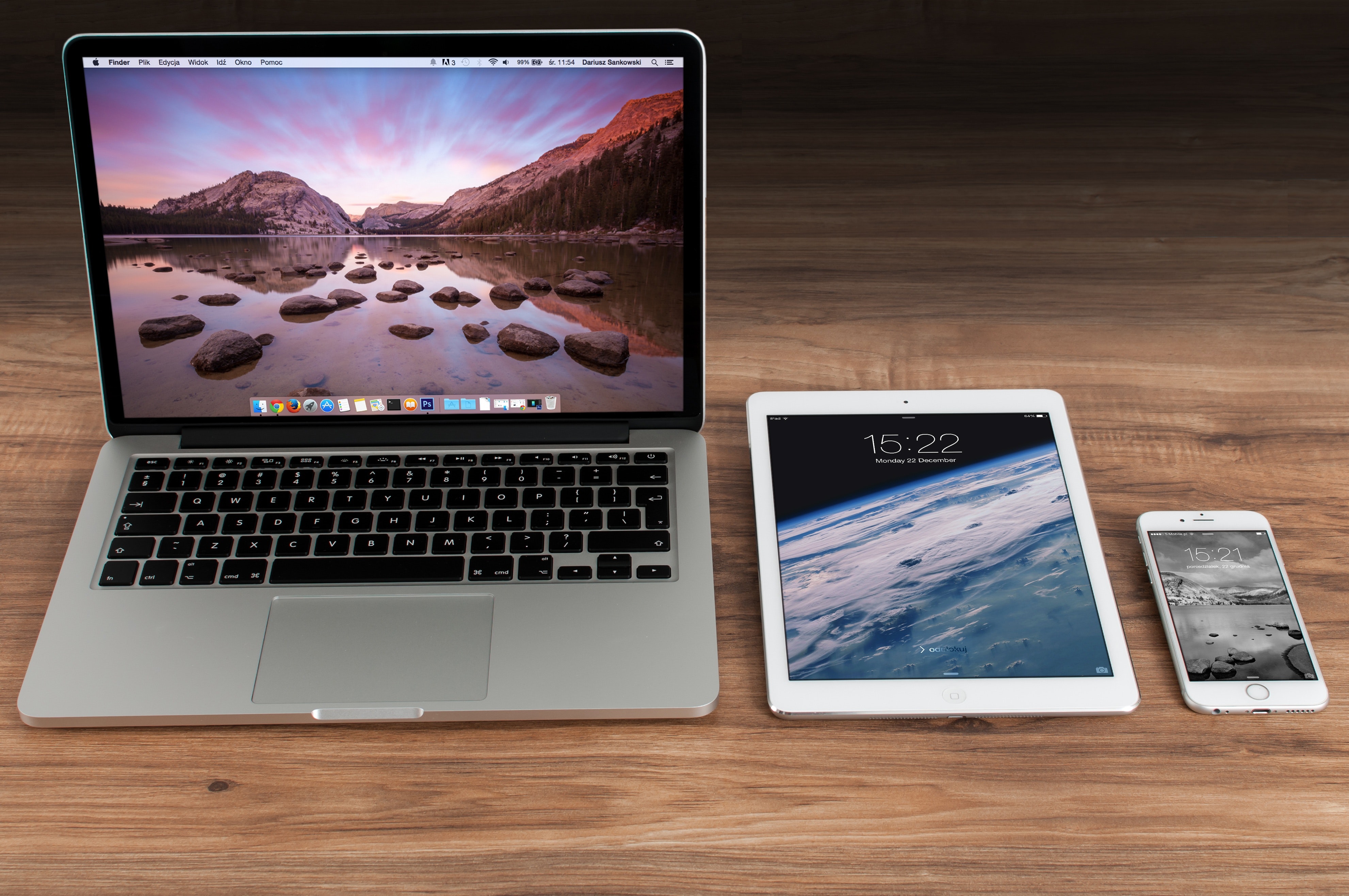
App developers hoping to create the next big, must-have app for Apple product users will soon find it a bit easier to do so.
According to a recent report by Bloomberg, Apple is working toward combining apps built for its iPhones, Macs, and iPads in an effort to stimulate the development of new apps and services.
Codenamed “Marzipan,” Apple’s multi-platform app integration initiative is expected to be completed by 2021 and will begin as early as June 2019 with the debut of a new software development kit (SDK).
With the release of the new SDK, app developers should be able to submit iOS and Mac versions of their apps to their respective app stores without having to rewrite the code for each version. The release of the SDK is expected during Apple’s annual Worldwide Developers Conference.
Apple also plans to expand the SDK in 2020, to allow for the conversion of iPhone apps into Mac-ready apps.
By 2021, the Marzipan initiative is projected to finally do away with separate app store submissions completely. Instead Apple will opt to allow developers to simply merge their separate iPhone/iPad/Mac app versions into a single app that will be compatible with all three Apple devices. This merged app will be referred to as a “single binary.”
It is worth mentioning, however, that though Apple plans to combine its apps, the technology company has already emphatically stated, as reported by CNET, that it will not merge the iOS and MacOS operating systems.
As The Verge notes, even though Apple isn’t going as far as what Microsoft tried to accomplish with its Universal Windows Platform initiative, Apple’s Marzipan endeavor still looks similar to Microsoft’s universal apps, even without trying to merge its own divergent operating systems.
The intent to create streamlined single-version apps for multiple devices is where the similarities end between the two companies’ apps-based initiatives.
In fact, while Microsoft’s universal apps seem doomed to obscurity, Apple’s Marzipan initiative might succeed where the Universal Windows apps have seemingly failed, mostly because Apple has a successful flagship smartphone with a devoted following, while Microsoft still struggles in the smartphone market.
Editors' Recommendations
- The 6 key things Apple must fix in the next version of macOS
- Apple just announced the dates for WWDC 2024
- The 6 best ways Macs work with your other Apple devices
- Vision Pro App Store reaches early milestone, Apple reveals
- The Apple Vision Pro app situation: the good, the bad, and the ugly


